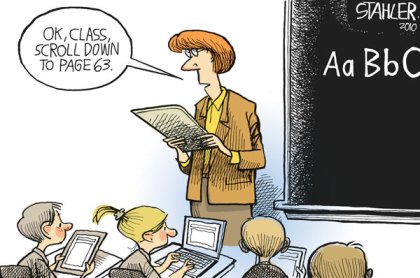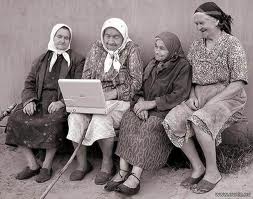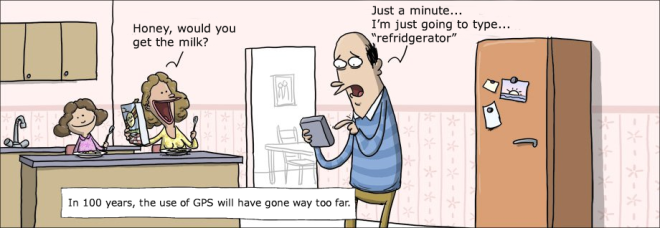
generation Y
Generations…
Day Six – Activity 1
This morning we did some presentations about the schools we visited on friday morning.
Now we are going to analyse the benefits of the ICT tool/media/method used during the presentation/lesson.
To start that work we have some guidelines questions.
The interactions between audience and presenters only happened at the end of the presentations, in the final questions. Our opinion is that the interaction should be during all the presentation to engage the audience and make the presentation more attractive but focused on the message.
In the case of our presentations the audience are not engaged all the time. For change that in the future we need to use different attractive tools and break with the monotony during the presentations/lessons (bi-directional communication). During the presentations all groups used different and attractive tools but we think we should know before how to use it to make the presentation more interesting.
The pedagogy used was the classic one – giving information just in one way and just after the presentation the presenters are opened to listen the opinions and answer questions. In the future presentations we should change this type of pedagogy.
In conclusion the audience could be more active place during the presentations. We used to think first in which ICT tool we will use but now that the first thing to think is which goals and messages we want to transmit.
Carla Mitjà, Eunice Homorogan, Patricia Simão, Marina Haro and David Branco.
Changes for interacting with generation Z

What will disappear?
- Black and white boards
- Paper books
- Pen and notebooks
- Traditional lecturing in one way comunication
- Overhead projectors
- Resctrictions of using mobile devices
What will be introduced?
- Smartboards
- E-books
- Tablets and mobile devices
- E-learing
- More independence
- Online platforms to share, create, etc.
Generations
Generation X
Coming of Age: 1988-1994
Current Population: 41 million
Sometimes referred to as the “lost” generation, this was the first generation of “latchkey” kids, exposed to lots of daycare and divorce. Known as the generation with the lowest voting participation rate of any generation, Gen Xers were quoted by Newsweek as “the generation that dropped out without ever turning on the news or tuning in to the social issues around them.”
Gen X is often characterized by high levels of skepticism, “what’s in it for me” attitudes and a reputation for some of the worst music to ever gain popularity. Now, moving into adulthood William Morrow (Generations) cited the childhood divorce of many Gen Xers as “one of the most decisive experiences influencing how Gen Xers will shape their own families”.
Gen Xers are arguably the best educated generation with 29% obtaining a bachelor’s degree or higher (6% higher than the previous cohort). And, with that education and a growing maturity they are starting to form families with a higher level of caution and pragmatism than their parents demonstrated. Concerns run high over avoiding broken homes, kids growing up without a parent around and financial planning
Generation Y, Echo Boomers or Millenniums
Coming of Age: 1998-2006
Current Population: 71 million
The largest cohort since the Baby Boomers, their high numbers reflect their births as that of their parent generation..the last of the Boomer Is and most of the Boomer II s. Gen Y kids are known as incredibly sophisticated, technology wise, immune to most traditional marketing and sales pitches…as they not only grew up with it all, they’ve seen it all and been exposed to it all since early childhood.
Gen Y members are much more racially and ethnically diverse and they are much more segmented as an audience aided by the rapid expansion in Cable TV channels, satellite radio, the Internet, e-zines, etc.
Gen Y are less brand loyal and the speed of the Internet has led the cohort to be similarly flexible and changing in its fashion, style consciousness and where and how it is communicated with.
Gen Y kids often raised in dual income or single parent families have been more involved in family purchases…everything from groceries to new cars. One in nine Gen Yers has a credit card co-signed by a parent.
Generation Z
Current Population: 23 million and growing rapidly
While we don’t know much about Gen Z yet…we know a lot about the environment they are growing up in. This highly diverse environment will make the grade schools of the next generation the most diverse ever. Higher levels of technology will make significant inroads in academics allowing for customized instruction, data mining of student histories to enable pinpoint diagnostics and remediation or accelerated achievement opportunities.
Gen Z kids will grow up with a highly sophisticated media and computer environment and will be more Internet savvy and expert than their Gen Y forerunners. More to come on Gen Z…stay tuned.
Next time we will start to take a more in-depth look at the most significant and impactful of the generational cohorts and what implications there might be for libraries and librarians.





